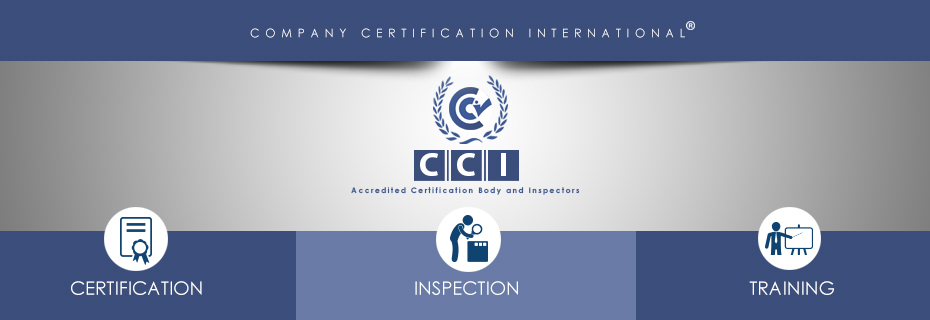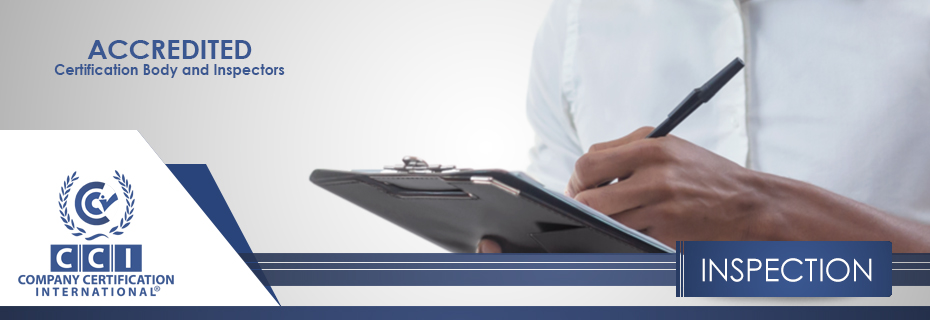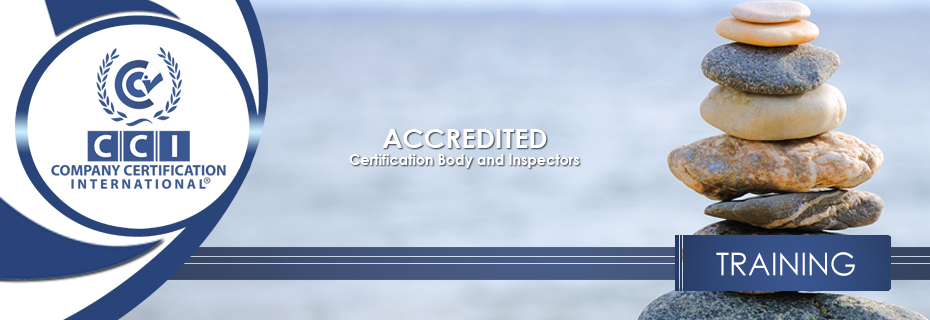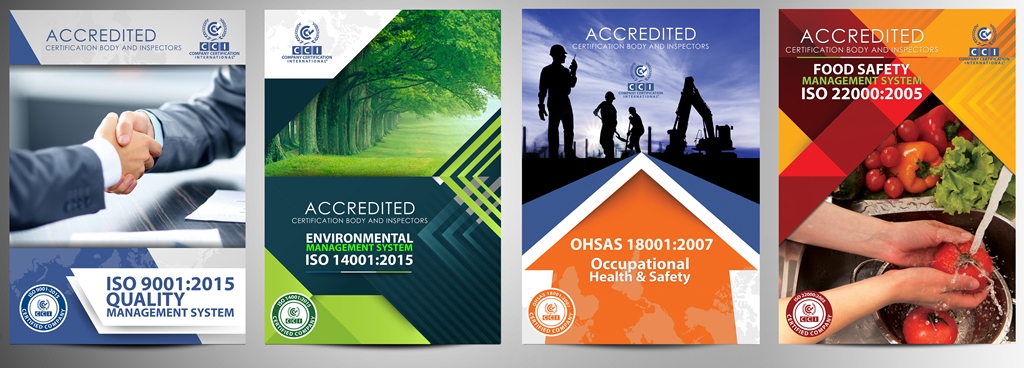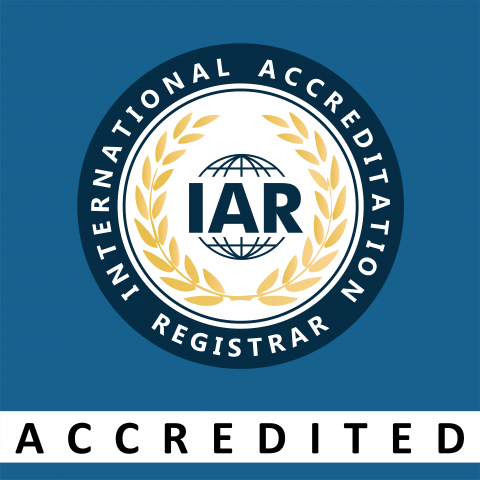ISO 31000 – Risk Management Conformity Assessment
Overview
ISO 31000 provides guidelines for establishing an effective risk management framework. Our assessment helps organizations:
Evaluate risk management processes against international best practices
Identify gaps in risk identification, analysis, and treatment
Strengthen decision-making through systematic risk evaluation
Align with corporate governance and compliance requirements
Who It's For
Enterprises implementing enterprise risk management (ERM)
Financial institutions and insurance companies
Project-based organizations managing complex risks
Public sector entities and critical infrastructure providers
Companies preparing for ISO certification audits (e.g., ISO 9001, 27001)
Why an ISO 31000 Assessment Matters
Strategic Advantage: Make risk-informed business decisions
Regulatory Compliance: Meet governance requirements (SOX, Basel III, etc.)
Resilience Building: Proactively identify operational vulnerabilities
Stakeholder Confidence: Demonstrate mature risk management to investors
Scope of Our Assessment
Framework Evaluation: Risk management policy and methodology review
Process Assessment: Risk identification, analysis, and treatment processes
Integration Check: Alignment with other management systems
Competency Review: Risk management team capabilities
Improvement Plan: Roadmap for risk maturity enhancement
Our 6-Step Assessment Process
Scoping Workshop: Define risk management objectives
Document Review: Risk policies, registers, and treatment plans
Interviews: Engage with risk owners and senior management
Process Validation: Evaluate risk management in practice
Gap Analysis: Compare against ISO 31000 principles
Reporting: Deliver Conformity Assessment and an improvement plan
Deliverables
Conformity Assessment Certificate (valid 1 year)
Risk Maturity Assessment Report
Priority Improvement Roadmap
Integration Guide for other standards
Executive Presentation Deck
Why Company Certification Int.?
Risk Specialists: Assessors with CRMA and ISO 31000 expertise
Industry-Tailored: Sector-specific risk evaluation criteria
Practical Focus: Actionable recommendations, not just compliance
Global Recognition: Accepted by regulators and auditors worldwide
FAQ
Q: Is ISO 31000 certification available?
A: No, ISO 31000 is a guidance standard. Our assessment provides formal recognition of your framework's alignment.
Q: How does this differ from COSO ERM?
A: ISO 31000 is principles-based, while COSO provides a more detailed framework - we can assess against both.
Q: Can small businesses benefit?
A: Absolutely. We scale assessments for SMEs with practical, cost-effective approaches.
Q: What's the typical duration?
A: 2-4 week,s depending on organization size and complexity.
Q: Do you help implement improvements?
A: Yes, we offer optional implementation support packages.
Get Started
Ready to strengthen your risk management framework?
[Request Risk Assessment] [Download Risk Checklist]
The Certification Process
Online gap analysis allows us to see the current
- quality benchmark within your organization,
- the finances required
- the time required for this project (System and Certification Fee)
Your Estimate will be shared with you in 24 hours.
Upon Estimate Approval the project starts:
- A client executive is assigned to your project
- Contact information is shared with you
- The Payment details are provided to you
All Support is delivered Online.
The Client Executive will provide the Documentation Templates and explain to you how to amend it.
You will be required to perform the following tasks:
- Identify your core or business processes.
- Amend documentation that meets your business needs. (Policy statements, objectives, manuals, work instructions, job descriptions, forms.)
- Encourage employees to be aware of the new documented system
- Review, approve, and distribute the documents to those who need access to the information.
- Ensure procedures are being performed as documented.
- Ensure employees are trained properly for the tasks they are performing.
- Create effective reporting systems.
- Monitor the effectiveness of your processes through the use of measurable data, where possible.
- Review and take action to improve in the areas required.
- Plan internal auditing activities.
- Submit your management system documentation for review to ensure it complies with the applicable standard.
- Prepare for review by an external auditor to confirm that the system’s requirements are being satisfied and that the management system is implemented effectively.
- Obtain ISO Certifcaiton
- This periodic on-site review is usually conducted annually.
- It ensures that the certified business continues to comply with Standard requirements, as confirmed during the Recertification Audit at the certification cycle's outset.
- Most are conducted remotely.
Refer to learn more about Types of Audits

